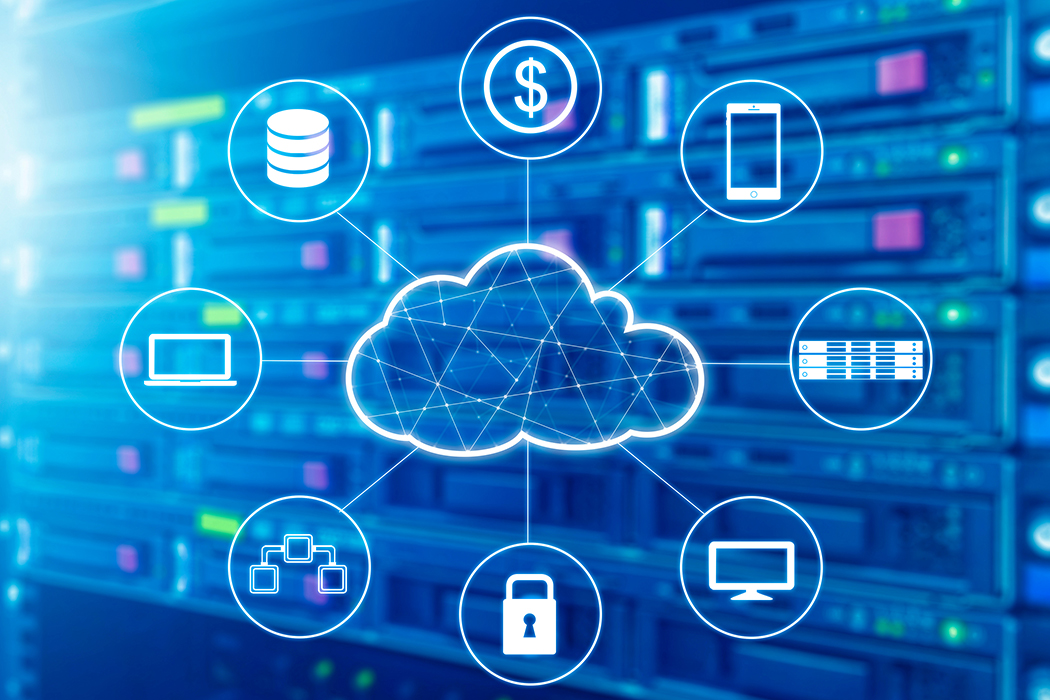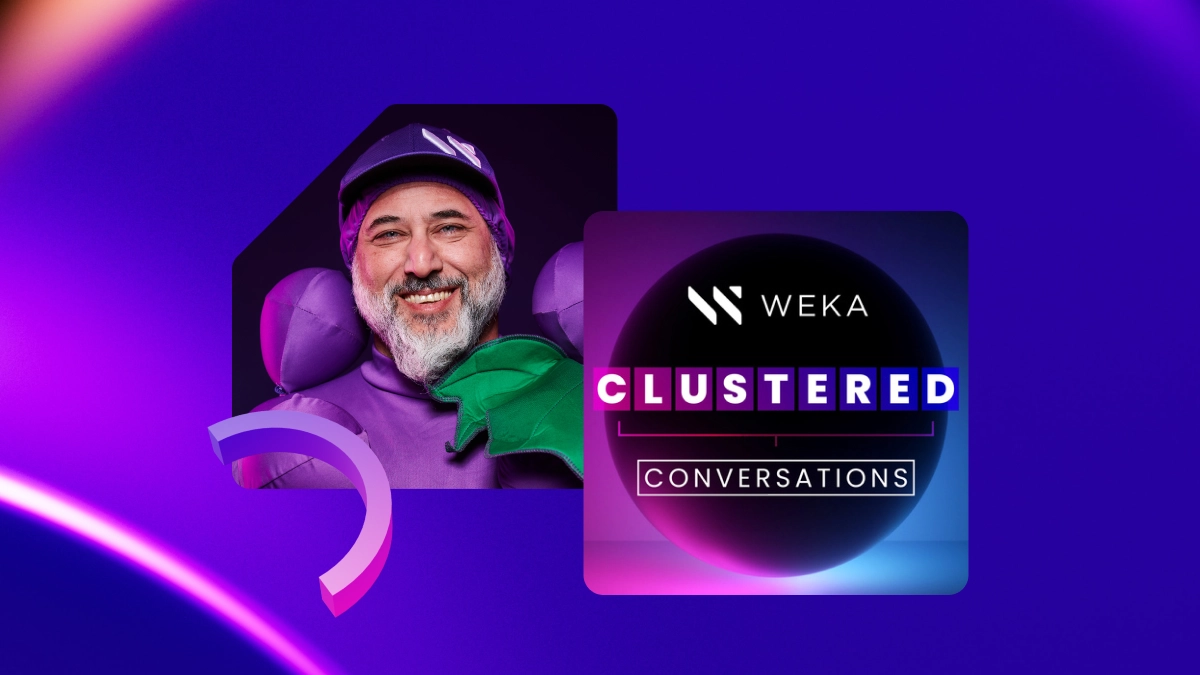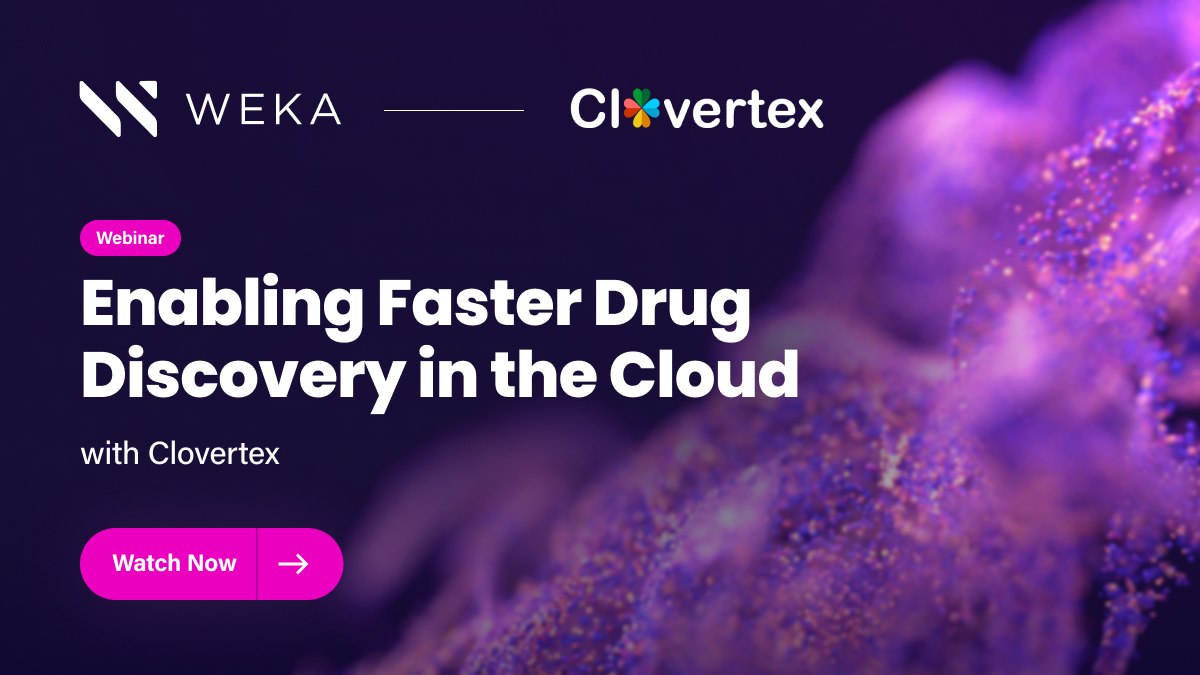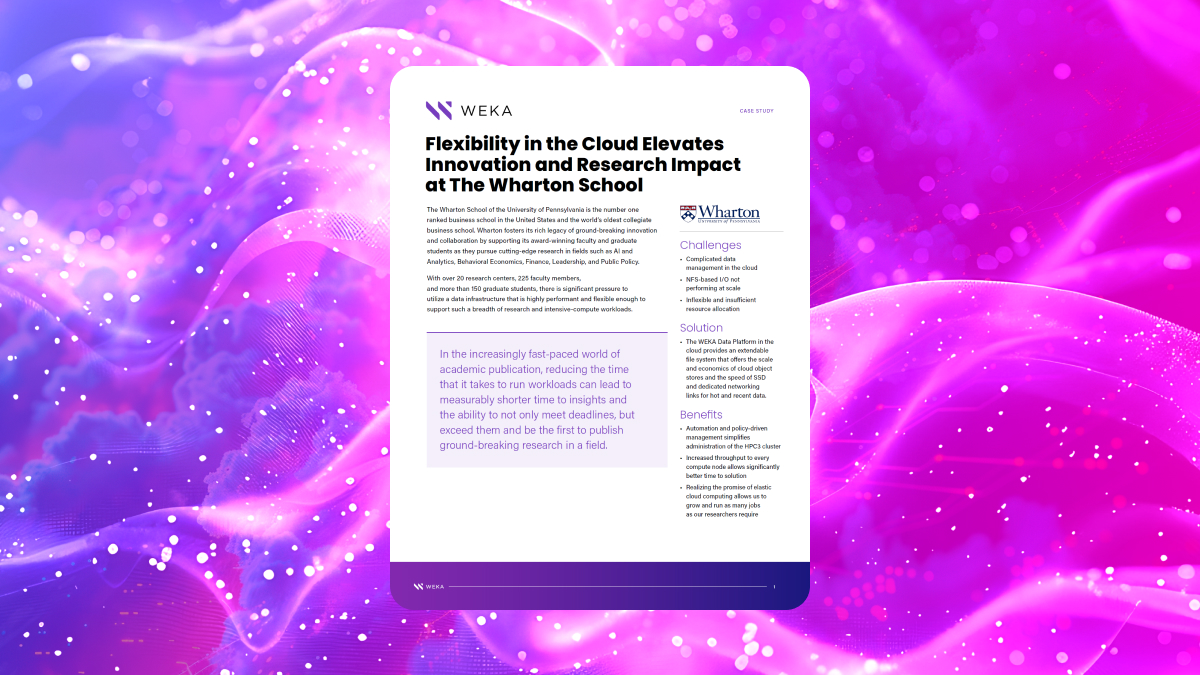Edge Computing vs Cloud Computing: What’s the Difference?

What are the differences between edge computing versus cloud computing? An edge is a computing location at the edge of a network, close to where the data is generated. Cloud computing is a way of accessing services on the internet instead of on your computer.
What Is the “Edge” of Cloud Computing?
An important note is that cloud computing and edge computing aren’t inherently opposed to one another, where you only choose one or another. If you are deploying edge technologies, you’re very likely using some cloud platform.
The more apt comparison is between edge computing and centralized cloud computing. Generally speaking, these two terms will break down as follows:
- Cloud Computing refers to large, relatively centralized cloud computing clusters. These clusters often house massive data centers and HA clusters for processing and power complex workloads like machine learning, big data analytics, or life science research.
- Edge Computing refers to deployed computational resources at the “edge” of a cloud system. That is, wherever the system interacts with a user, device, the wider environment, or non-cloud system.
By deploying devices at the “edge” of a cloud system, you can drastically improve the performance and responsiveness of specific applications without having to implement a larger cloud infrastructure across multiple locations.
In almost all cases, edge computing resources feed data back to local or centralized cloud clusters for longer-term storage and processing. However, many edge systems will also include processing and storage at the edge alongside data collection devices.
What Are Some Key Edge Computing Technologies
Deploying edge computing systems at critical interactive touchpoints requires understanding the types of devices and data collection methods that can support the mission of edge computing. Due to the sheer magnitude of data sources and gathering opportunities, sound devices and collection methods are quite diverse.
Some of these technologies include:
- User Portals and Applications: One of the most basic forms of edge computing, the user portal or login application serves as an interface where users enter and receive information. These cloud applications are at the leading edge of any cloud computing setup.
- The Internet of Things: The increasing use of intelligent devices such as smartphones, location monitors, smart home appliances, and GPS-enabled computers has led to an always-on and interconnected system of computers that can continuously gather and report data back into cloud analytic platforms.
- 5G Wireless Connectivity: The advent of 5G, a high-bandwidth form of cellular data transmission, has fundamentally changed networking for edge devices. Rather than requiring local area network access, edge devices can use 5G networks to communicate with other devices or the cloud. This has radically expanded the scope and potential of edge devices.
- Sensors and Data Gathering: While we often think of smartphones and tablets when we think of data gathering, edge computing devices have made significant headway into more industrial or commercial applications due to advanced sensors and monitoring hardware.
- Multi-Cloud Infrastructure: While a traditional hybrid cloud can support an edge computing strategy, multi-cloud architectures have segmented clouds and edge computing clusters further away from the center. This means more diverse and decentralized cloud deployments supporting a more comprehensive array of edge devices.
What Are the Advantages of Edge Computing Systems?
In comparing centralized cloud and edge computing, the discussion must turn to one of the major advantages of the latter–namely, decentralization.
Modern computation relies on speed and accuracy, and even with modern hardware-accelerated cloud systems, it’s essential that data scientists can get the most accurate data quickly from as close to the source as possible.
Edge computing meets that need with a few crucial benefits:
- Low-Latency Computation: Because edge computing devices are so close to the source of data generation and collection, they can handle gathering and processing much more quickly than centralized cloud systems. This means faster analytics and decision-making at the edge and more responsive actions as a result.
- Model Accuracy: For cloud systems that rely on models of logistical or even physical environments, edge devices constantly collecting data can provide a far more accurate model, in real-time, as compared to feeding data to centralized control.
- Scalability: Massive cloud infrastructure can scale, but not as fast or reliably as many would like. This is specifically true in far-flung locations or embedded deep into industrial processes. Edge computing devices are typically inexpensive and replaceable, meaning that scaling into a larger edge network is relatively easier than relying on a centralized cloud.
- On-Point Performance: The responsiveness of a device or smaller cloud system at the edge of the cloud means a much more responsive user experience, with faster response times and more reliable uptimes.
Where Is Edge Computing Most Valuable?
Edge computing isn’t a magic bullet for every problem data scientists face. Powerful HPC cloud computing is still the gold standard for high-performance workloads like machine learning, analytics, genomic sequencing, etc. Edge computing, however, serves an important and ever-evolving function in some critical industries and processes.
Some of the places where edge computing has found purchase include:
- Fleet Management Logistics: Organizations that field massive car fleets, like car rental services, can use sensors and GPS devices attached to cars to maintain constant contact with the condition of the video. As these edge sensors and devices collect data and send it back to cloud systems, they can drive (pun intended) accurate and up-to-date predictive analytics on fleet state, open reservations, and large supply chain challenges.
- Autonomous Vehicles: When we think of AI in self-driving cars, we might think of something like Knight Rider. But, in modern autonomous vehicle development, onboard AI utilizes advanced sensors and data-gathering devices to make split-second decisions while providing data back to ML cloud systems to train more sophisticated AI.
- Manufacturing Optimization: Edge devices embedded into manufacturing equipment, vehicles, and production lines can constantly collect environmental data from start to finish. This data can fuel predictive maintenance strategies, waste minimization processes, and virtual twin simulations for operational optimization.
- Energy-Saving Smart Grids: Large manufacturing and commercial building power grids can draw massive amounts of energy 24/7, which leads to plenty of waste and runaway costs. Edge devices connected to different environments can minimize energy waste, shut off power to remote or underused locations and specific times, and control temperature settings.
- Content Delivery: Digital merchants, retailers, and news outlets must ensure that their content and websites are always available to the public. Furthermore, they want to ensure that customers can access that content fast, which isn’t always guaranteed. If content servers are located further away from a user (like on servers in other countries), then performance can take a hit. Content delivery networks use edge servers to provide up-to-date content rapidly.
How Can WEKA Support Your Edge Computing Infrastructure?
Edge and cloud computing go hand-in-hand. To field an effective and robust edge computing network supported by strong cloud infrastructure, trust WEKA. We provide a single data platform that delivers performance for any data profile. Furthermore, we can enable multi-cloud deployments for complex edge computing and IoT applications.
With WEKA, you can leverage the following features:
- Unique “zero tuning” architecture that unifies high-performance instance-based storage and low-cost object storage in a single namespace
- Industry-best GPUDirect performance (113 Gbps for a single DGX-2 and 162 Gbps for a single DGX A100)
- In-flight and at-rest encryption for governance, risk, and compliance requirements
- Agile access and management for edge, core, and cloud development
- Scalability up to exabytes of storage across billions of files
Contact our team of experts to learn more about WEKA and edge computing architectures.





